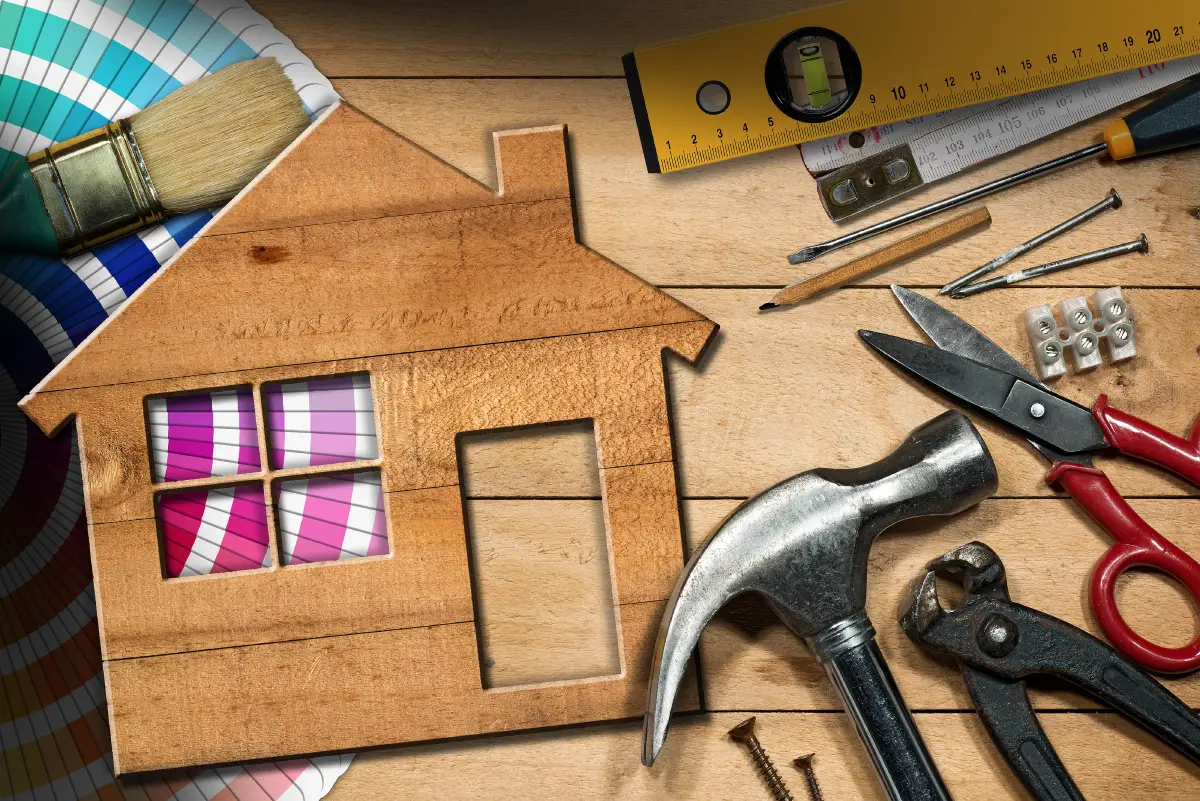In a city like San Antonio, where properties endure everything from scorching heat to surprise storms, waiting for things to break is never a wise approach. The landlords who thrive are the ones who stay ahead of the curve with planned maintenance, catching small issues before they turn into major repairs. Whether you're managing a long-term rental or juggling multiple units, having a proactive maintenance routine is one of the smartest moves you can make.
Smart maintenance doesn’t have to be overwhelming. With the right systems in place—and the support of a reliable property management company—you can reduce costs, improve tenant satisfaction, and extend the life of your biggest assets. For example, strategies like pruning trees to protect your roof are just one piece of a broader plan that keeps properties running smoothly in San Antonio’s climate.
Key Takeaways
- Preventive maintenance is a cost-saving strategy that protects property value.
- San Antonio’s climate requires seasonal upkeep and attention.
- Inspections help catch minor problems early and reduce tenant complaints.
- Leases should clearly outline tenant and landlord responsibilities.
- A property manager can help streamline ongoing maintenance operations.
Understanding Preventive Maintenance
Preventive maintenance means planning ahead. It involves scheduled inspections, timely repairs, and consistent servicing of systems and appliances before they fail. Unlike emergency fixes, this kind of work is predictable, budget-friendly, and reduces tenant disruptions.
Here are some essential preventive tasks:
- Replace HVAC filters every 30-60 days
- Flush water heaters once a year
- Inspect weather seals on windows and doors
- Clean out gutters and downspouts
- Service HVAC systems in spring and fall
Routine care like this ensures systems stay efficient, repairs are less frequent, and tenants stay happy.
The Return on Maintenance Investments
What looks like a cost today can turn into serious savings tomorrow. Every dollar spent on preventive care can help avoid thousands in emergency damage control.
1. Fewer Emergency Calls
Late-night floods, AC outages, or broken water heaters often carry higher repair costs. Addressing small issues beforehand can prevent them from occurring at all.
2. Systems That Last Longer
A regularly serviced HVAC unit may last 15 years instead of 10. The same goes for plumbing and appliances.
3. Reduced Energy Waste
Clean filters, sealed ducts, and tuned-up systems use less electricity and water, reducing monthly bills.
4. Higher Tenant Satisfaction
Renters are more likely to renew leases when things function reliably. Proactive care reduces complaints and builds trust.
Staying ahead of problems also means more control over repair timelines and fewer surprise expenses.
What Makes San Antonio Properties Unique
The local climate presents challenges that make maintenance more than just a checklist. Landlords here must be mindful of environmental wear and weather fluctuations that affect property systems year-round.
- High Heat & Humidity: These strain HVAC systems and wear down roof materials.
- Flash Flooding: Sudden storms can overwhelm drainage and expose gutter flaws.
- Tree Overgrowth: Limbs too close to roofs or power lines can cause major damage during a storm.
- Pest Intrusion: Gaps in sealing and neglected landscaping attract insects and rodents.
Adapt your schedule to account for these factors. For example, make tree trimming part of your quarterly plan to avoid preventable roof repairs.
Maintenance Musts for Rental Longevity
Some systems need more attention than others. These areas should be part of every San Antonio landlord’s maintenance cycle:
HVAC Systems
- Change filters monthly in peak summer months
- Schedule professional tune-ups every six months
- Clear debris from outdoor units
Plumbing
- Check under sinks and around toilets for leaks
- Insulate exposed pipes before cold spells
- Flush water heaters annually
Roofing & Gutters
- Remove leaf and debris buildup
- Inspect after heavy winds or rain
- Monitor attic insulation and ventilation
Exterior & Landscaping
- Trim back tree limbs regularly
- Reseal walkways and driveways to avoid cracking
- Adjust irrigation timers seasonally
If you’re unsure what qualifies as "normal wear and tear" versus damage, this landlord guide to wear and tear can help clarify.
Why Inspections Are a Game-Changer
Inspections are the bridge between maintenance planning and execution. They allow you to catch issues early, document tenant-caused damage, and keep your property operating efficiently.
Recommended schedule:
- Move-In: Record the unit’s condition with photos and checklists
- Mid-Lease: Confirm lease compliance and system health
- Seasonal: Prep for weather transitions
- Move-Out: Evaluate tenant impact on property condition
These inspections don’t just protect your property—they also support documentation for security deposit decisions and service prioritization.
Maintenance Terms in the Lease
One of the most overlooked but critical components of rental maintenance is setting clear expectations in the lease.
Responsibilities of the Landlord:
- Maintain structural components and core systems
- Handle all major repairs and inspections
- Address safety or habitability concerns
Responsibilities of the Tenant:
- Report issues immediately
- Replace air filters, light bulbs, or batteries if required
- Maintain cleanliness and prevent avoidable damage
Misunderstandings happen when agreements are vague. Be clear, consistent, and fair in your lease terms.
How a Property Manager Adds Value
Managing maintenance is time-consuming, especially if you own multiple units. PMI Profit Realty provides local San Antonio landlords with expert support and technology to reduce the workload and improve outcomes.
Here’s what they offer:
- Preventive maintenance scheduling and vendor coordination
- Emergency repair response, 24/7
- Online service request tracking and updates
- Digital records for inspections and repairs
- Access to tenant portals for seamless communication
Tools like the tenant portal system simplify communication and improve response times.
Stay Ahead and Stress Less
In San Antonio’s unpredictable climate, waiting for something to break is a costly mistake. Landlords who embrace preventive maintenance enjoy better tenant relationships, reduced expenses, and higher long-term returns.
If you're looking for hands-on support and a maintenance strategy tailored to your rental needs, contact PMI Profit Realty to explore your property management options.
FAQs
How often should I service HVAC systems in San Antonio?
Twice per year—once in the spring and again in the fall—with monthly filter replacements during summer.
What are the signs of needed roof maintenance?
Look for missing shingles, soft spots, or water stains in the attic after a storm.
Can tenants be responsible for replacing air filters?
Yes, but this must be clearly outlined in the lease to avoid confusion.
What’s the benefit of using a tenant portal for maintenance?
It streamlines repair requests and provides both parties with a record of communications and updates.
When is tree trimming necessary for rentals?
Ideally, it should be done every season to avoid limb damage and roof impact during storms.


